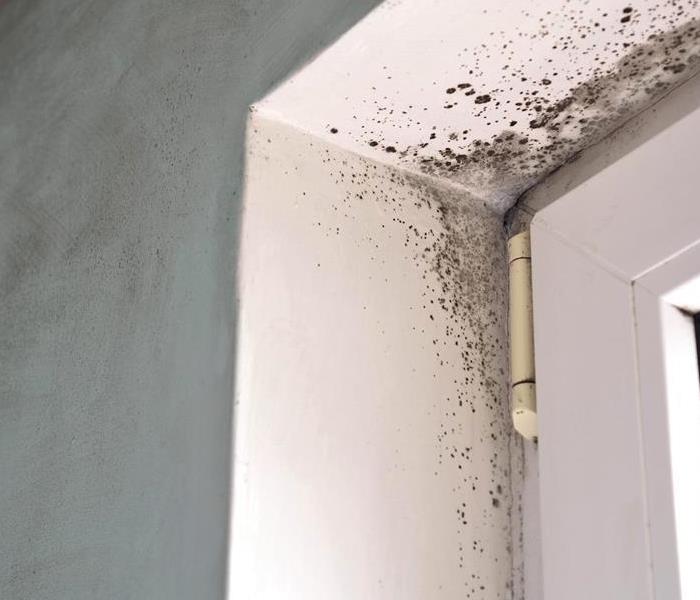Hidden Threat: Mold in Air Ducts - What You Need to Know and How to Deal with It
5/23/2023 (Permalink)
As a homeowner, you want to ensure that your indoor air is clean and safe for you and your family to breathe. However, one potential threat that often goes unnoticed is mold in air ducts. Mold growth in air ducts can be harmful to your health and may lead to poor indoor air quality. In this blog, we will explore the signs of mold in air ducts, the risks associated with it, and what you can do to address this issue.
Signs of Mold in Air Ducts
Air ducts are hidden from view, making it challenging to detect mold growth. However, there are several signs that may indicate the presence of mold in your air ducts.
If you notice a persistent musty or moldy smell coming from your air vents, it could be an indication of mold growth in the air ducts. Mold produces volatile organic compounds (VOCs) that can create an unpleasant odor.
Visible Mold Growth
In some cases, you may be able to see visible mold growth around the air vents or inside the air ducts. Mold can appear as fuzzy patches, discoloration, or black spots. If your home has experienced water damage or has high humidity levels, it can create favorable conditions for mold growth in air ducts. Moisture from leaks, condensation, or flooding can promote mold growth.
Risks of Mold in Air Ducts
Mold spores released from air ducts can circulate in the air and negatively impact indoor air quality. Breathing in mold spores can trigger allergies, respiratory issues, and other health problems, especially for those with allergies, asthma, or weakened immune systems.
Air ducts are part of the HVAC system, which means that mold growth in air ducts can spread to other areas of your home through the air circulation. This can lead to widespread mold contamination and make it more challenging to remediate.
Damage to HVAC System
Mold can also cause damage to your HVAC system, including the air ducts, vents, and coils. Mold can clog the air ducts, reduce airflow, and decrease the efficiency of your HVAC system, leading to higher energy bills and potential costly repairs.
Structural Damage
If mold growth in air ducts is left unaddressed for an extended period, it can cause structural damage to your home. Mold can deteriorate the ductwork, insulation, and other building materials, leading to costly repairs and renovations.
What to Do If You Suspect Mold in Air Ducts
If you suspect mold in your air ducts, it's crucial to take prompt action to address the issue. Here are some steps you can take. It's best to consult with a professional mold remediation service that has experience in handling mold in air ducts. They can conduct a thorough inspection of your HVAC system, identify the extent of mold growth, and provide appropriate remediation measures.
Ensure proper ventilation in your home can help reduce moisture buildup and inhibit mold growth in air ducts. Use exhaust fans in bathrooms and kitchens, and consider installing a dehumidifier to maintain optimal humidity levels. Also, fix any leaks or water damage promptly to prevent mold growth.
Clean and Seal Ducts
Professional duct cleaning can help remove accumulated dust, debris, and mold spores from the air ducts. Once cleaned, consider sealing the air ducts to prevent further mold growth.
If you suspect mold in your air ducts, it's essential to take swift action and consult with a professional mold remediation service. Proper inspection, cleaning, sealing, and maintenance of your HVAC system can help prevent the spread of mold and ensure clean and healthy indoor air. By being vigilant and proactive, you can safeguard your home and loved ones from the potential risks of mold in air ducts.



 24/7 Emergency Service
24/7 Emergency Service
